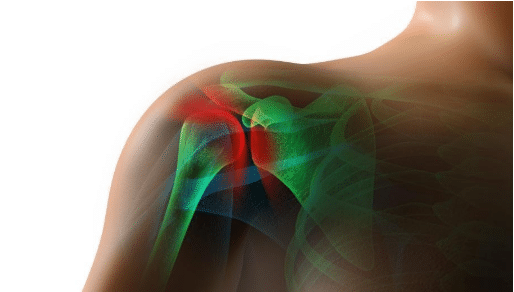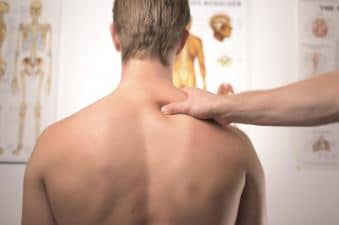
There are several types of arthritis which can affect the elbow, including osteoarthritis, post-traumatic arthritis and rheumatoid arthritis. Common elbow arthritis symptoms include pain, swelling, stiffness, weakness and reduced range of motion in the elbow joint. If severe, these symptoms may make it difficult for a patient to perform everyday activities which involve elbow movement, such as lifting or reaching for objects. Fortunately, there are several treatment options which can help relieve discomfort and improve elbow function.
Dealing With Elbow Arthritis: A Few Possible Treatment Options
If you are suffering from persistent, burdensome elbow arthritis symptoms, there are a number of treatments your orthopedic doctor may suggest considering. A few common ones include:
- Rest and activity modification, which can help to prevent worsening symptoms
- Over-the-counter pain medications, such as non-steroidal anti-inflammatory drugs (NSAIDs)
- Heat and ice therapy, which is known to alleviate muscle stiffness and decrease swelling
- Elbow splints and braces, which can help support the joint and reduce swelling
- Cortisone injections, which can offer temporary pain relief
Typically, conservative treatment for elbow arthritis will be recommended before surgery. In the event that first-line treatments fail to address a patient’s elbow arthritis symptoms, however, open or arthroscopic elbow surgery may be the next option. Elbow arthroscopy may also be used to remove bone spurs in the early stages of elbow arthritis.
Trust Dr. Stephen Soffer for World-Class Elbow Care
Elbow arthritis is a common condition, particularly in individuals over the age of 50. At any age, it can be very painful and may even compromise a patient’s ability to live an independent and fulfilling life.
If you are seeking lasting relief from elbow arthritis symptoms, it is important to see a qualified orthopedic doctor with extensive experience in diagnosing elbow issues and providing cutting-edge treatment. Dr. Stephen Soffer is a skilled and compassionate choice for patients in Reading, PA and the surrounding area.
Committed to helping patients effectively manage their symptoms, Dr. Soffer stays up to date on all the latest and most advanced treatments for elbow arthritis. Specializing in both nonsurgical and surgical treatment options, he helped to author the first textbook on minimally invasive elbow arthroscopy with Dr. James Andrews.
If you would like to schedule an in-person or telemedicine appointment to address your elbow symptoms with Dr. Soffer, call our office anytime at 610-375-4949.






